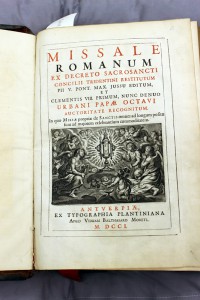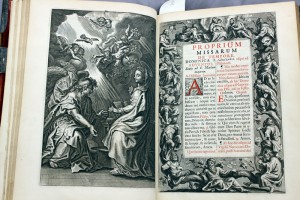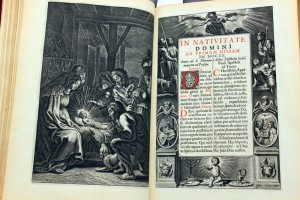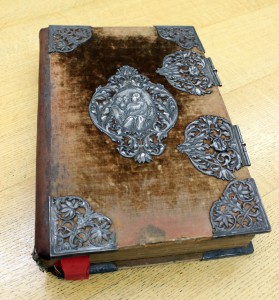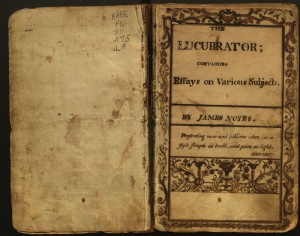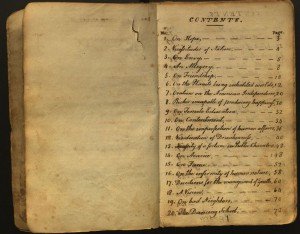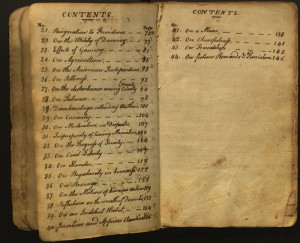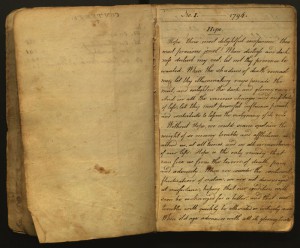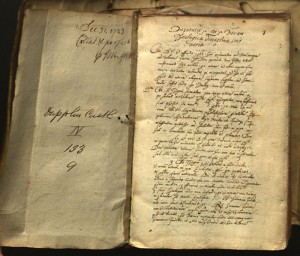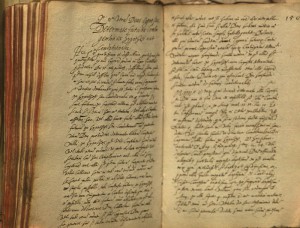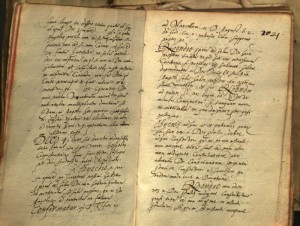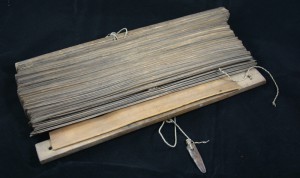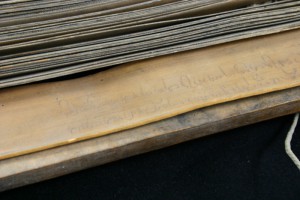Dec. 06, 2013
Story Contact(s):
Christian Basi, BasiC@missouri.edu, 573-882-4430
Steven Adams, AdamsST@missouri.edu, (573) 882-5067
COLUMBIA, Mo. – With the passing of Nelson Mandela this week, preserving and documenting the many facets of his life will be crucial as future generations learn about his impact and carry his legacy into the future.
In the spirit of sharing Mandela’s achievements with future generations, the University of Missouri College of Education has signed an agreement with the University of the Western Cape (UWC) in Capetown and Robben Island Museum, South Africa, to begin a joint project preserving the thousands of historical papers, photos and other items related to the political prisoners who were held at Robben Island.
“This is a rich collection of materials that chronicles the struggle against apartheid in South Africa, the development of the new constitution in 1996, the birth of the new nation, and a country that affirms the democratic values of human dignity, equality and freedom,” said Thomas Kochtanek, associate professor in the School of Information Science & Learning Technologies.
Robben Island is where many political prisoners, including Mandela, were incarcerated for opposing Apartheid and the regime that held power within South Africa from the 1960s to the early 1990s.
The project is an effort to make the Robben Island resources more widely available to scholars, students and the public around the world. Scholars, archivists and researchers from the MU College of Education’s School of Information Science & Learning Technologies and the University of Missouri Libraries, in conjunction with archivists from the Robben Island Museum, will digitize selected materials and make those available via a dynamic web site dedicated to the project.
“While the loss of Mandela has saddened everyone, Mandela’s legacy of reconciliation and forgiveness, towards the vision of the ‘rainbow’ nation, will live on in this way,” said Daniel L. Clay, dean of the MU College of Education. “The University of Missouri is very proud to continue our working relationship with the University of the Western Cape, which began 27 years ago, when the formal agreement was the first ever between a U.S. university and a non-white South African University.”
“The University of Missouri mourns the loss of Nelson Mandela, a man whose sacrifice and dedication to freedom inspired a spirit and strength that should never be forgotten,” Kochtanek said.
